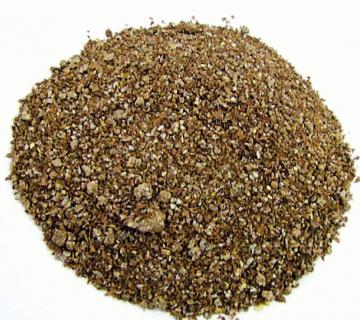
Linseed meal (Linum usitatissimum)
Synonyms: Linum rubrum, Linum grandiflorum var rubrum
Common name: Flax seed
Linseed meal is the residue remaining after extraction of linseed oil from linseed/flaxseed.
Nutritive value
Linseed meal contains 32-37% CP and 70-85% TDN. It is unique among the oilseed residues in that it contains from 3-10% of mucilage. This is almost completely indigestible by nonruminant animals but can be broken down by rumen microbes. It is readily dispersible in water forming a viscous slime. It is fed mostly to horses and young calves. Linseed meal has a fairly low protein content of approximately 35% and is severely deficient in lysine. For this reason it is a good source of protein for cattle, buffalo, sheep and swine but is not a good source of protein in the poultry rations. Linseed meal is also low in carotene and vitamin D. Linseed has the highest omega-3 fatty acids content of any oilseed and research has shown that feeding linseed in the ration of animal increases the omega-3 fatty acid content of milk and meat.
Deleterious factors
Linseed meal is laxative when fed in large amounts. It contains two types of toxic factors. One is adipeptide called linatine composed of glutamic acid and l- amino-D -proline. The latter amino acid is an antagonist of pyridoxine (vitamin B ). Thus, in nonruminants linseed meal may produce pyridoxine toxicity. Immature linseed contains a small amount of cyanogenetic glycoside, linamarin and an associated enzyme linase which is capable of hydrolyzing it with the evolution of hydrogen cyanide which is extremely toxic. Death results from combination of the cyanide with cytochrome oxidase leading to immediate cessation of cellular respiration and anorexia. Low temperature removal of oil may produce a meal in which unchanged linamarin and linase persist. The cyanogenetic glycosides in linseed meal have protective effects against selenium toxicity.
